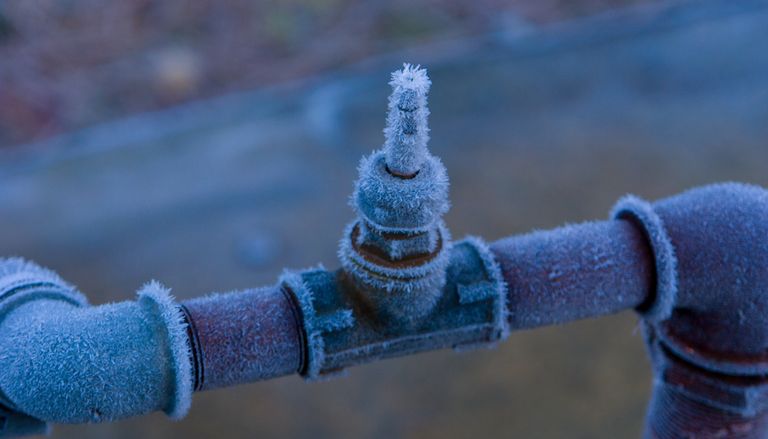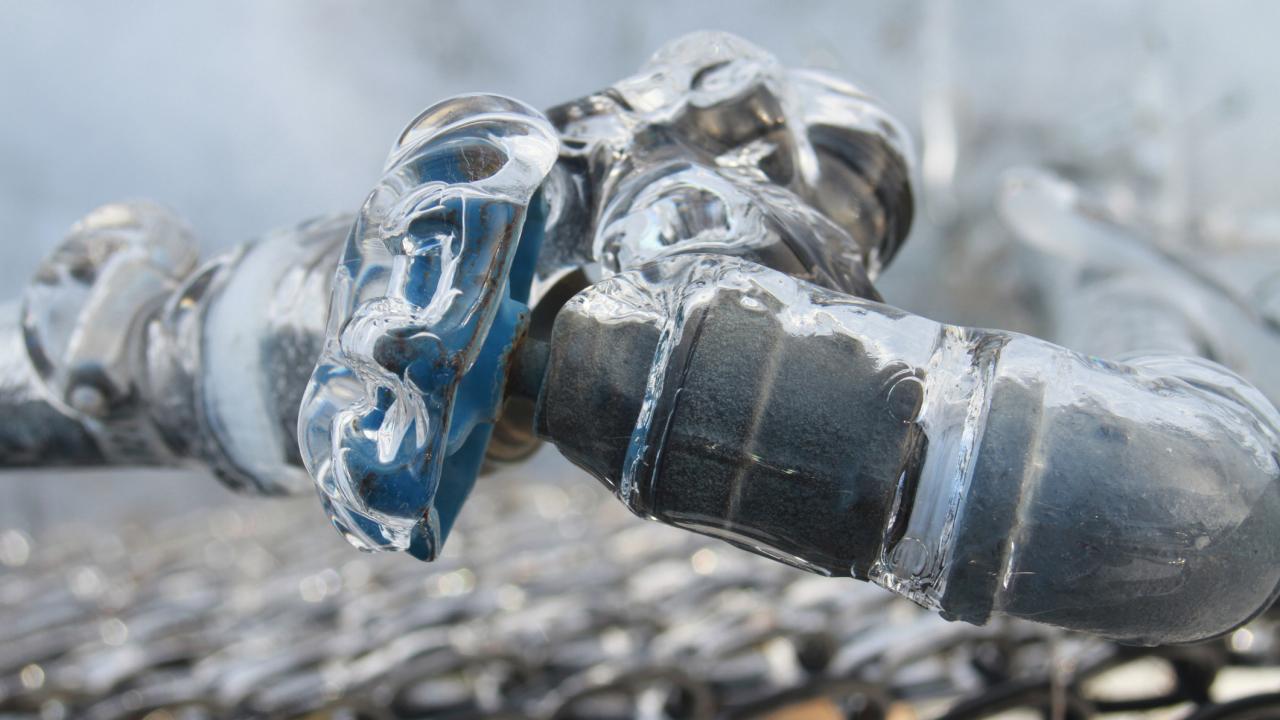Ways to Maintain Your Pipes from Cold Weather Damage: Important Guidance
Ways to Maintain Your Pipes from Cold Weather Damage: Important Guidance
Blog Article
The publisher is making several good pointers on the subject of Helpful Tips to Prevent Frozen Pipes this Winter in general in the article below.

Winter can wreak havoc on your plumbing, especially by freezing pipelines. Right here's just how to avoid it from occurring and what to do if it does.
Introduction
As temperature levels drop, the threat of frozen pipelines boosts, possibly resulting in pricey repair work and water damages. Recognizing how to stop frozen pipes is essential for home owners in cold climates.
Recognizing Icy Pipelines
What triggers pipes to freeze?
Pipes freeze when revealed to temperature levels below 32 ° F (0 ° C) for extended durations. As water inside the pipes ices up, it expands, putting pressure on the pipeline walls and possibly creating them to rupture.
Threats and problems
Frozen pipes can result in water system interruptions, property damages, and pricey repairs. Ruptured pipes can flooding homes and trigger extensive architectural damages.
Signs of Frozen Pipes
Determining frozen pipelines early can avoid them from breaking.
Exactly how to determine frozen pipes
Look for reduced water flow from faucets, uncommon smells or sounds from pipes, and visible frost on exposed pipes.
Avoidance Tips
Shielding susceptible pipes
Cover pipes in insulation sleeves or use warm tape to safeguard them from freezing temperatures. Concentrate on pipes in unheated or outside areas of the home.
Home heating strategies
Maintain interior spaces appropriately warmed, specifically locations with plumbing. Open up cupboard doors to allow cozy air to distribute around pipes under sinks.
Shielding Outside Plumbing
Yard pipes and outside taps
Separate and drain garden hoses prior to winter. Set up frost-proof faucets or cover outside taps with insulated caps.
What to Do If Your Pipes Freeze
Immediate actions to take
If you believe frozen pipes, keep faucets open up to ease stress as the ice thaws. Use a hairdryer or towels soaked in warm water to thaw pipelines gradually.
Long-Term Solutions
Architectural modifications
Think about rerouting pipes far from exterior walls or unheated areas. Add extra insulation to attic rooms, basements, and crawl spaces.
Updating insulation
Buy top quality insulation for pipelines, attics, and wall surfaces. Correct insulation assists keep regular temperature levels and decreases the threat of icy pipelines.
Conclusion
Preventing frozen pipes requires positive measures and quick feedbacks. By understanding the causes, indications, and preventive measures, property owners can safeguard their plumbing during cold weather.
5 Ways to Prevent Frozen Pipes
Drain Outdoor Faucets and Disconnect Hoses
First, close the shut-off valve that controls the flow of water in the pipe to your outdoor faucet. Then, head outside to disconnect and drain your hose and open the outdoor faucet to allow the water to completely drain out of the line. Turn off the faucet when done. Finally, head back to the shut-off valve and drain the remaining water inside the pipe into a bucket or container. Additionally, if you have a home irrigation system, you should consider hiring an expert to clear the system of water each year.
Insulate Pipes
One of the best and most cost-effective methods for preventing frozen water pipes is to wrap your pipes with insulation. This is especially important for areas in your home that aren’t exposed to heat, such as an attic. We suggest using foam sleeves, which can typically be found at your local hardware store.
Keep Heat Running at 65
Your pipes are located inside your walls, and the temperature there is much colder than the rest of the house. To prevent your pipes from freezing, The Insurance Information Institute suggests that you keep your home heated to at least 65 degrees, even when traveling. You may want to invest in smart devices that can keep an eye on the temperature in your home while you’re away.
Leave Water Dripping
Moving water — even a small trickle — can prevent ice from forming inside your pipes. When freezing temps are imminent, start a drip of water from all faucets that serve exposed pipes. Leaving a few faucets running will also help relieve pressure inside the pipes and help prevent a rupture if the water inside freezes.
Open Cupboard Doors
Warm your kitchen and bathroom pipes by opening cupboards and vanities. You should also leave your interior doors ajar to help warm air circulate evenly throughout your home.

We were made aware of that write-up on How to Prevent Your Pipes From Freezing from a friend on another blog. Sharing is good. One never knows, you may be helping someone out. We love reading our article about How to Prevent Your Pipes From Freezing.
Call Today Report this page